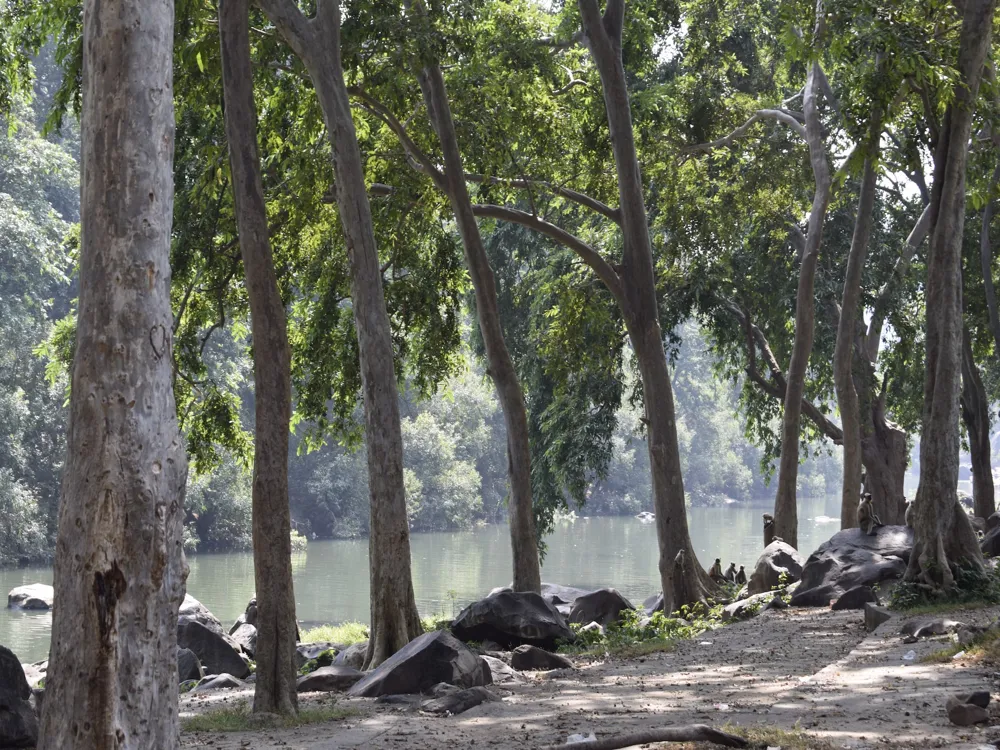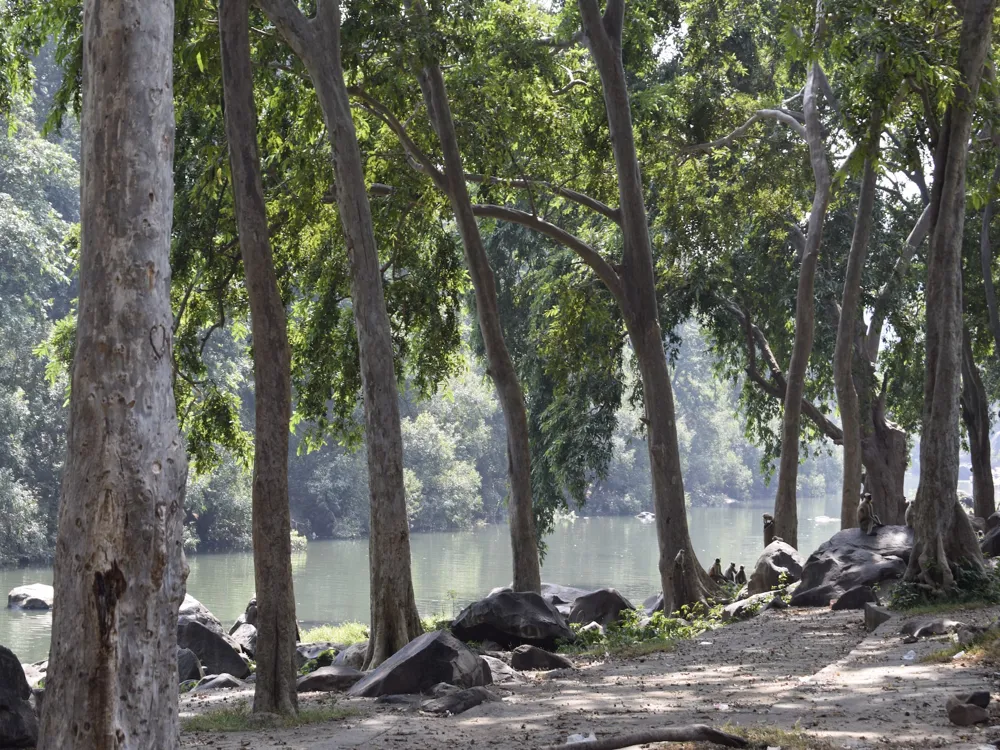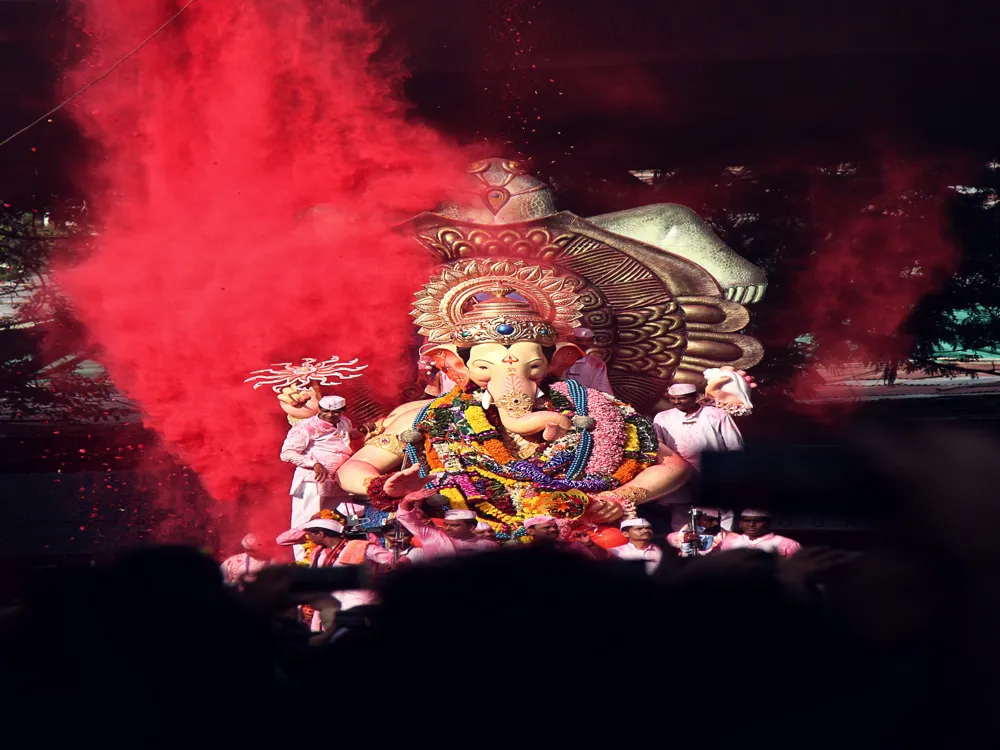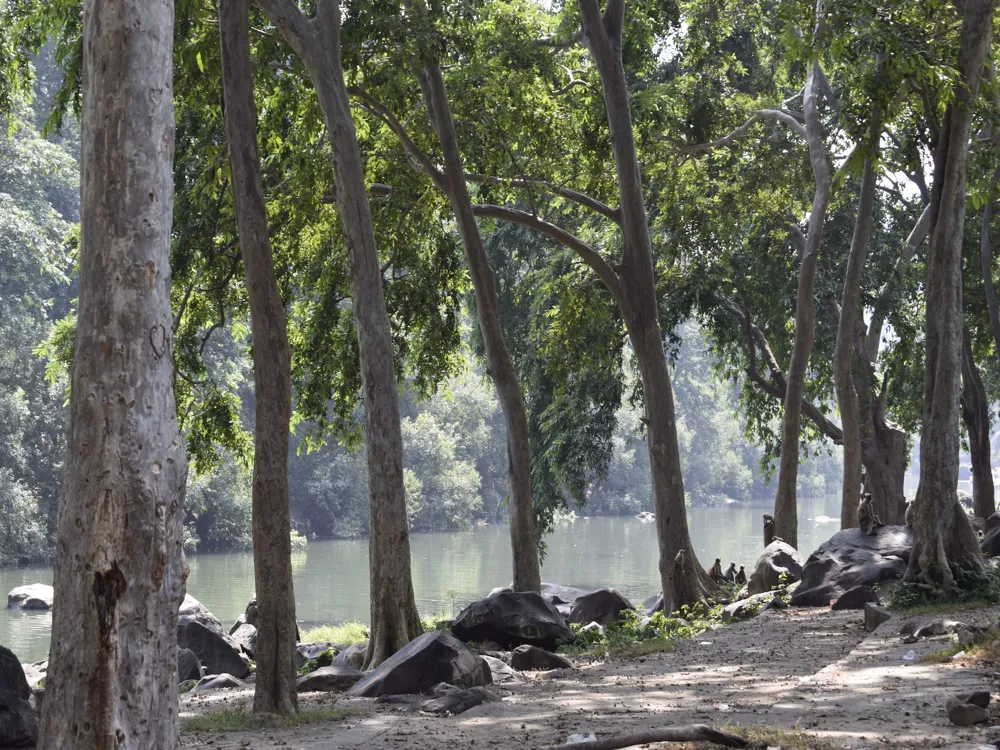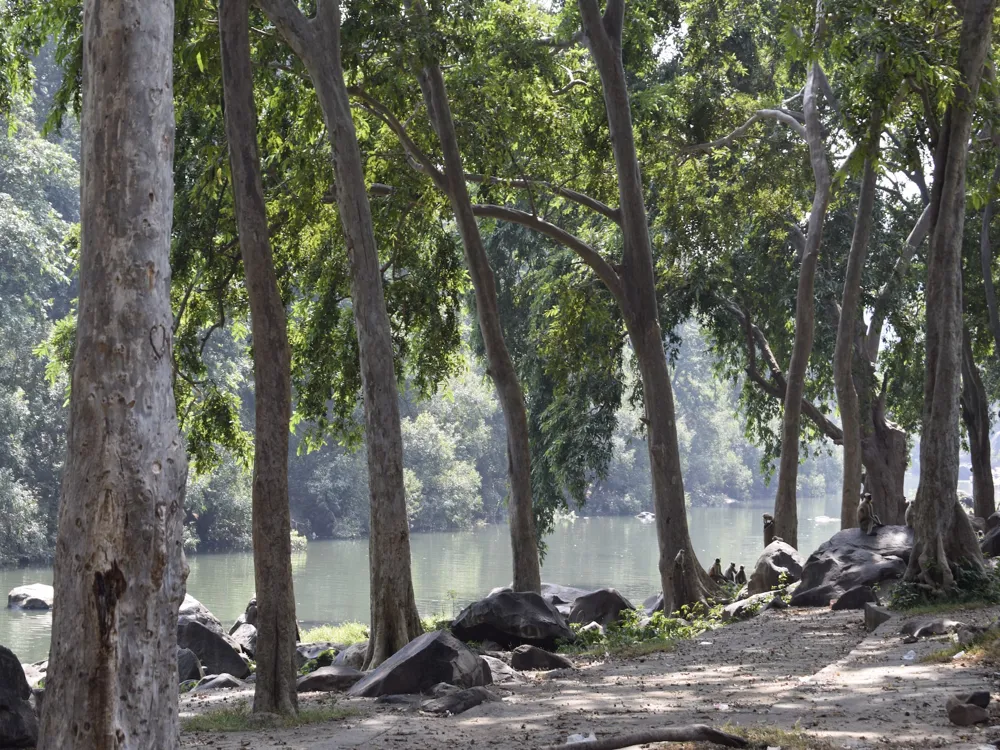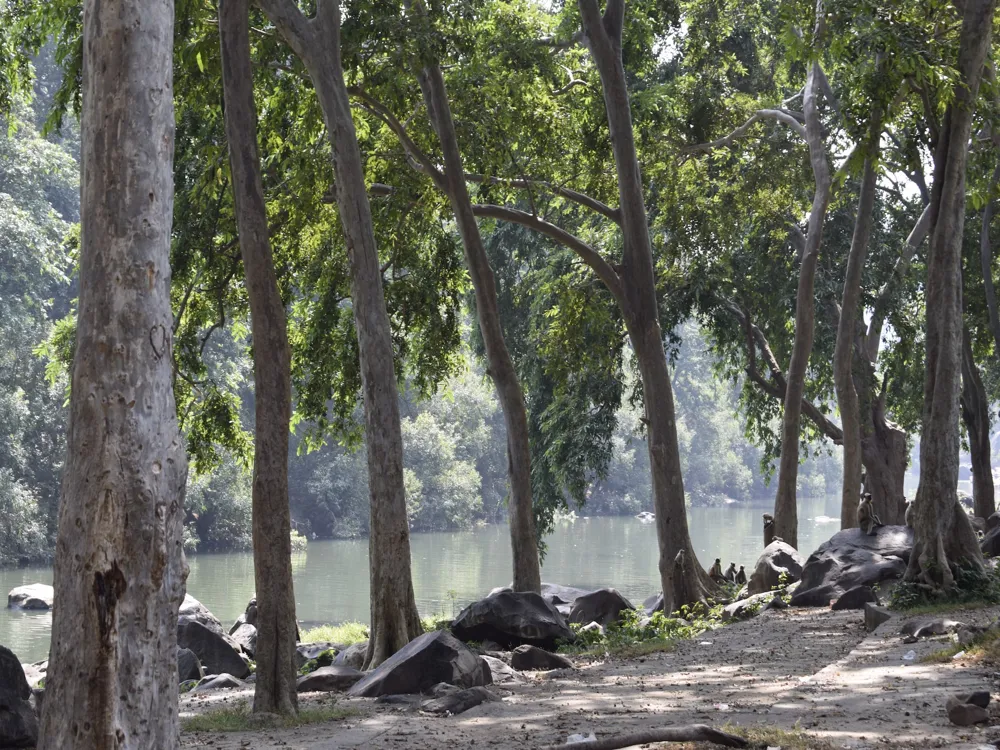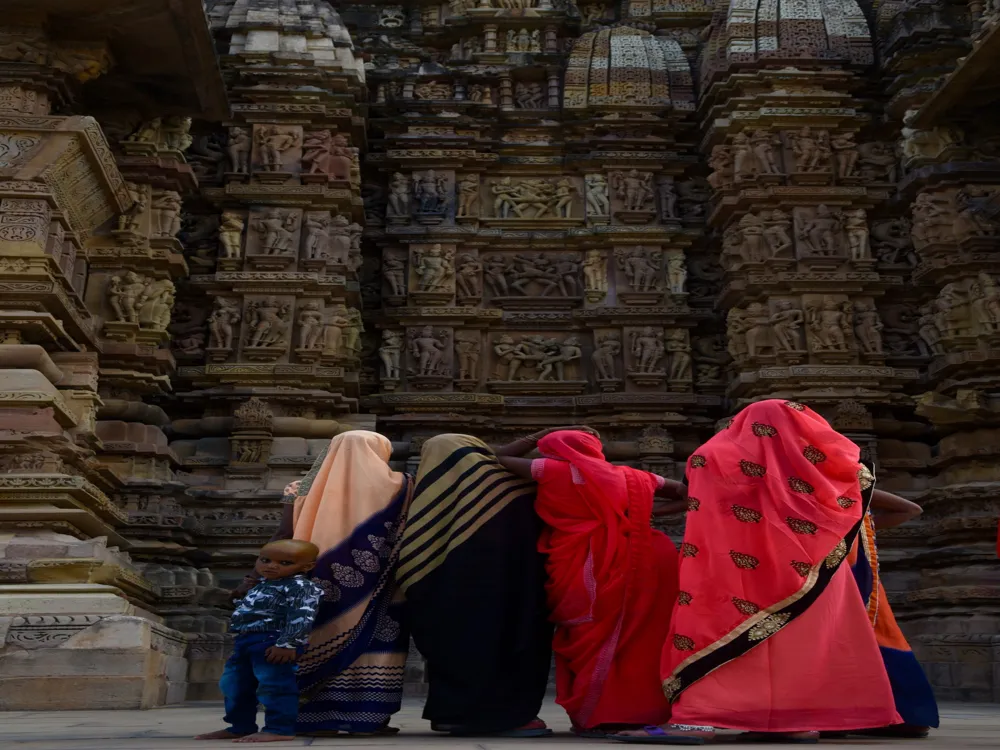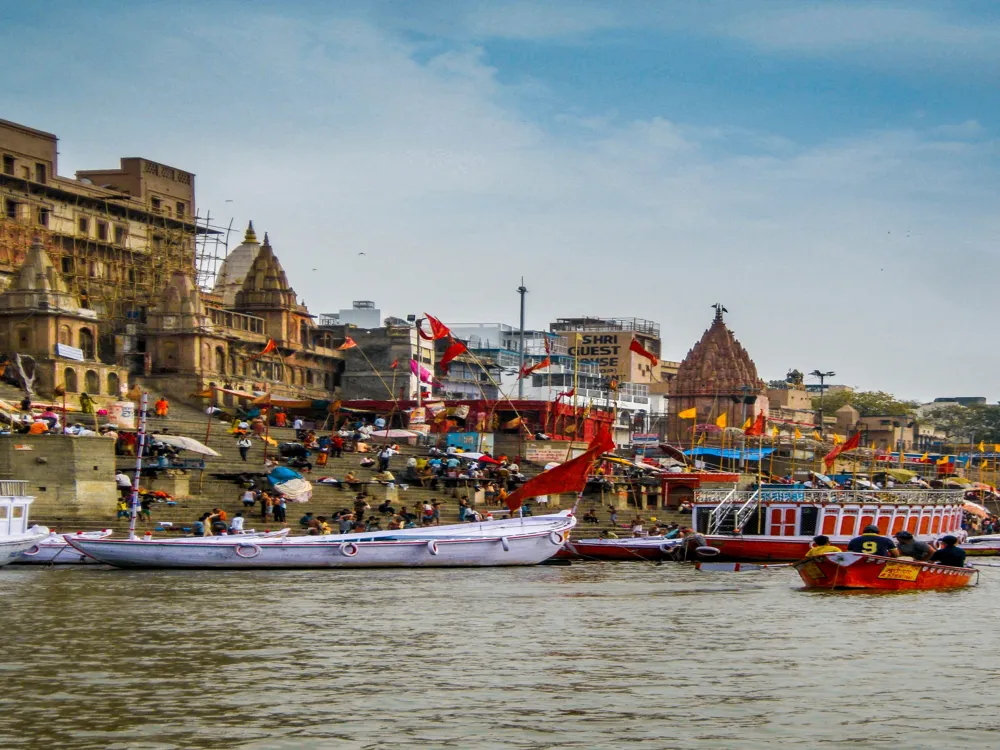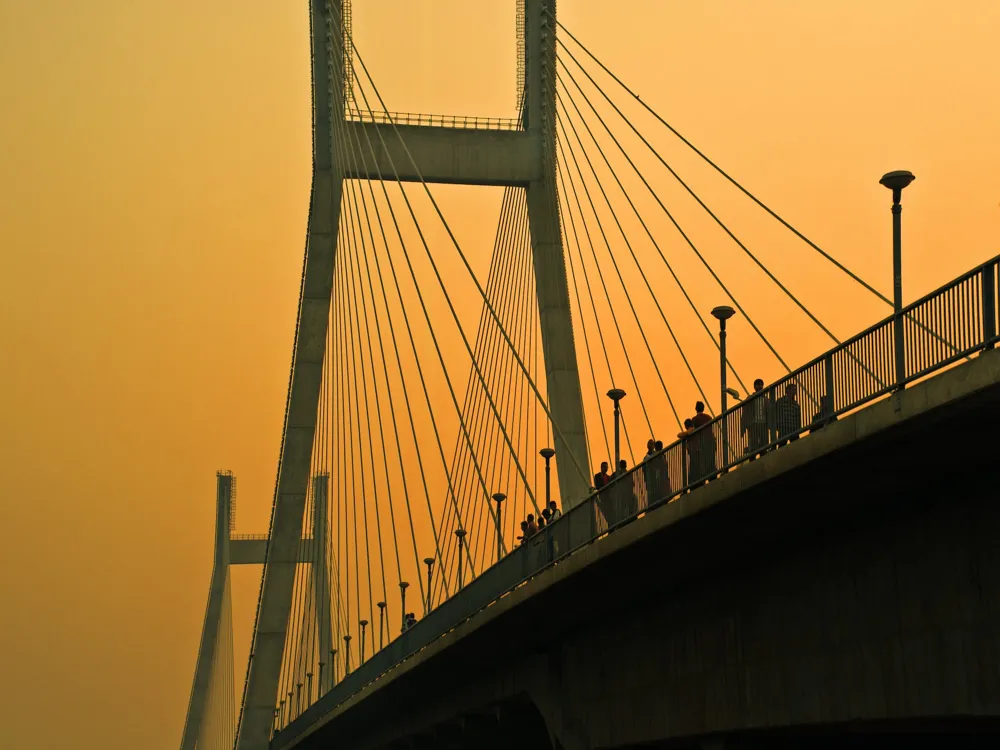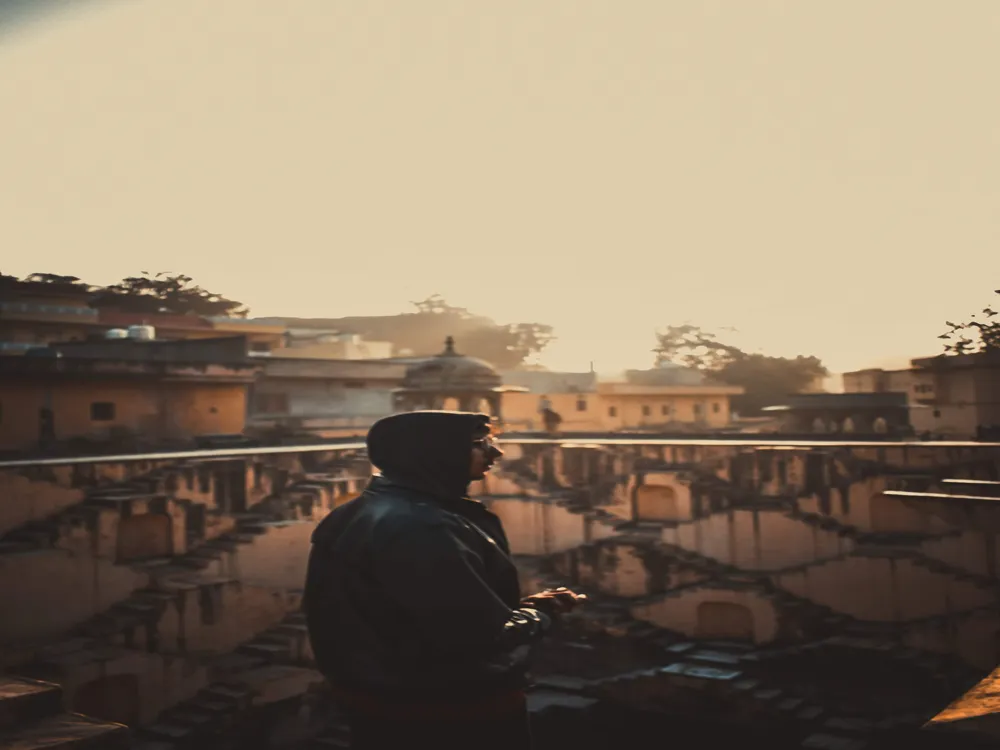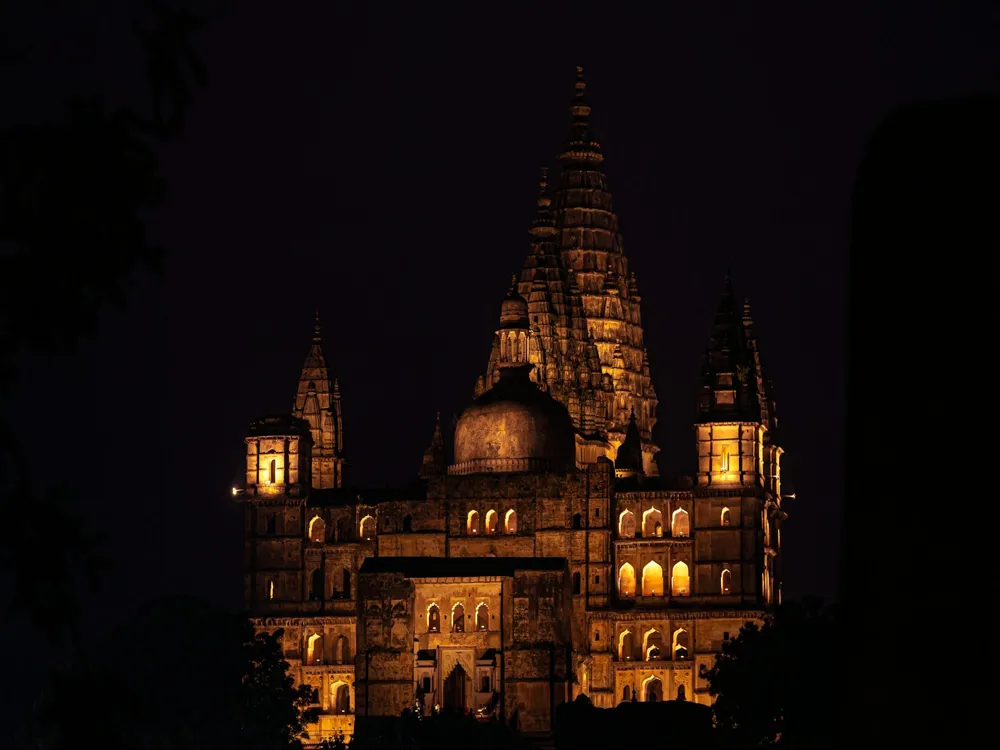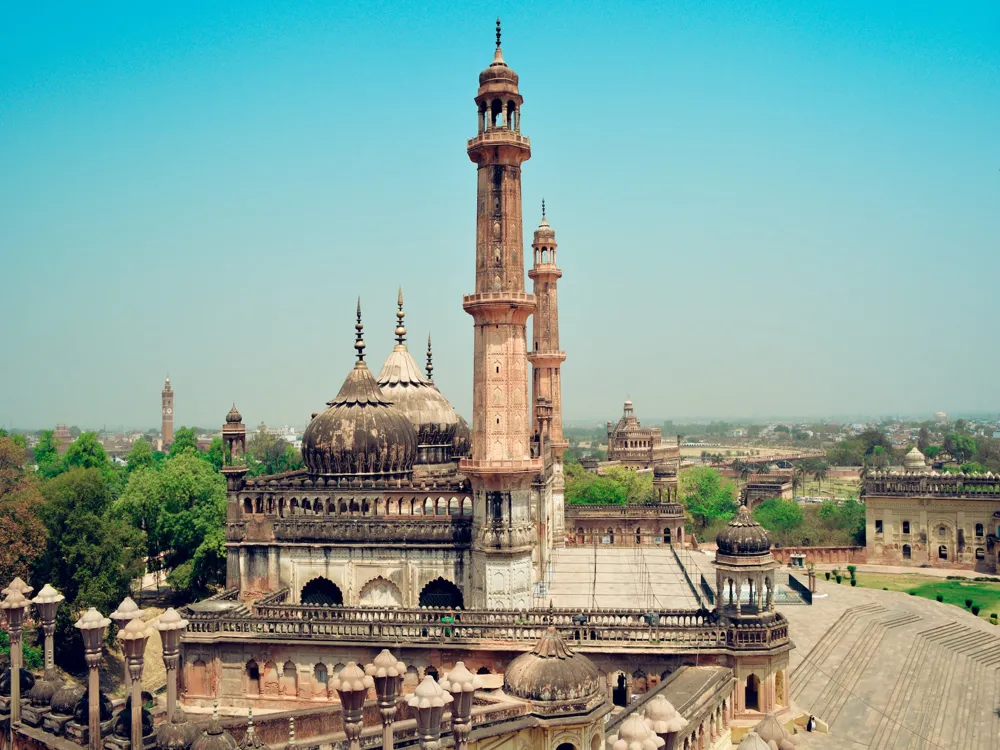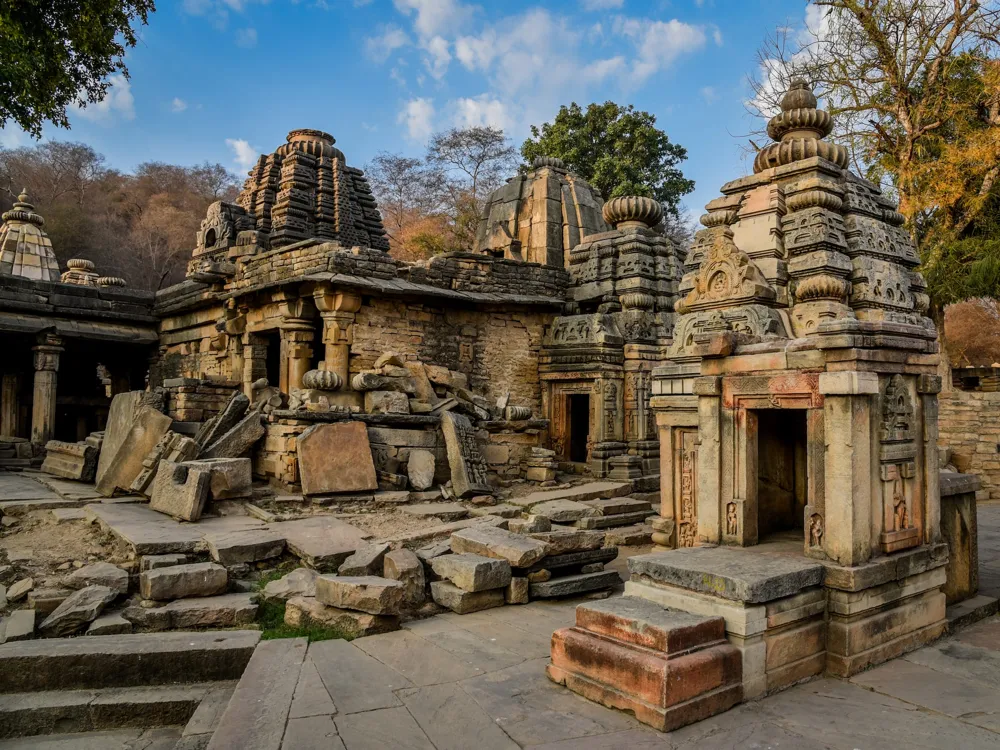Chitrakoot, a serene town nestled in the northern state of Uttar Pradesh, India, is steeped in cultural, historical, and religious significance. This town, which straddles the border of Uttar Pradesh and Madhya Pradesh, is a mosaic of nature's beauty and spiritual legacy. Known as the 'Hill of Many Wonders', Chitrakoot's history is intimately tied to the epic narrative of the Ramayana, making it a revered site for pilgrims and history enthusiasts alike. The town's name, 'Chitrakoot', which means 'the Hill of Joy and Beauty', is derived from the Sanskrit words 'Chitra' (beautiful) and 'Koot' (mountain). According to Hindu mythology, it is here that Lord Rama, along with his wife Sita and brother Lakshmana, spent a significant part of their 14-year exile. The tranquil forests, meandering rivers, and holy sites in Chitrakoot are believed to have been the silent witnesses to the life of these divine figures. Chitrakoot's landscape is a harmonious blend of spirituality and nature. The town is flanked by the Vindhya Range, with the Mandakini River flowing gracefully through it, adding to its picturesque charm. The lush green forests, cascading waterfalls, and tranquil ghats (riverfront steps) offer a rejuvenating retreat for both body and soul. Every corner of Chitrakoot resonates with tales of devotion, valor, and dharma (duty/righteousness), making it a living museum of mythological and cultural heritage. Aside from its mythological importance, Chitrakoot is also a hub for traditional arts and crafts. The local artisans are known for their skill in creating beautiful handicrafts, which reflect the rich cultural tapestry of this region. The town is not just a pilgrimage center but also a testament to the enduring legacy of Indian art, culture, and spirituality. The architectural grandeur of Chitrakoot is a vivid reflection of its historical and religious significance. The town is dotted with numerous temples, ashrams (hermitages), and historical sites, each narrating a unique story of the past. The architecture here is predominantly influenced by ancient Indian styles, incorporating elements from various eras, predominantly from the Gupta and post-Gupta periods. One of the architectural marvels in Chitrakoot is the Kamadgiri Temple, which is considered the heart of Chitrakoot. The temple, encircled by a forested hill, is revered as a representation of Lord Rama himself. The architecture of this temple is a beautiful blend of simplicity and sanctity, with its intricate carvings and traditional design resonating with the spiritual ethos of the town. Another significant architectural site is the Hanuman Dhara Temple, located atop a hill. To reach the temple, one has to climb a flight of steps, which offers a panoramic view of the town and the surrounding countryside. The temple's architecture, with its ancient rock-cut formations, showcases the ingenuity of ancient Indian craftsmen. The blend of natural and man-made structures at Hanuman Dhara is a testament to the harmonious coexistence of nature and spirituality that defines Chitrakoot. The Ramghat, located on the banks of the Mandakini River, is another architectural and cultural landmark. The series of steps leading down to the river, along with the numerous shrines and pavilions lining the ghat, is a fine example of traditional Indian architectural styles. The ghats are a focal point of daily life in Chitrakoot, serving as a venue for various rituals and ceremonies, thereby integrating architectural beauty with cultural practices. Chitrakoot's architectural landscape is not limited to its temples and ghats. The numerous caves and hermitages scattered around the town, such as the Sphatik Shila, Gupt Godavari, and Janaki Kund, also hold architectural significance. These sites, often simple and unadorned, emphasize the ascetic life and spiritual quests of the sages who once resided here. The caves, with their cool, dark interiors and tranquil surroundings, provide a stark contrast to the ornate temples, showcasing the diverse architectural heritage of Chitrakoot. When visiting the temples in Chitrakoot, it is advisable to dress conservatively. Traditional Indian attire or modest clothing that covers shoulders and knees is preferred. This shows respect for the local culture and religious practices. Chitrakoot's climate can be quite warm, especially during summers. It is essential to stay hydrated and use sun protection. Carry a water bottle, wear a hat, and apply sunscreen to ensure a comfortable visit. Chitrakoot is a sacred town with deep religious significance. Visitors should respect local customs and practices, especially when participating in rituals or visiting temples. Be mindful of the sanctity of the place and act accordingly. Visiting Chitrakoot during festivals like Ram Navami, Diwali, or Makar Sankranti can be a unique experience. These festivals are celebrated with great enthusiasm, offering a glimpse into the local culture and traditions. The local cuisine of Chitrakoot is a delightful experience. Don't miss out on trying the traditional dishes and sweets of the region, which are not only delicious but also a part of the cultural heritage. Chitrakoot is accessible by various modes of transportation, making it convenient for travelers to visit this historic town. The nearest airport is in Allahabad, about 120 kilometers away. Regular flights connect Allahabad to major cities across India. For those preferring rail travel, Chitrakoot Dham Karwi Railway Station is the nearest railhead, well-connected to major cities like Delhi, Kolkata, and Allahabad. Additionally, frequent bus services are available from nearby cities like Satna, Jhansi, and Varanasi, making road travel a viable option. For a more scenic route, driving to Chitrakoot can be an enriching experience. The roads are well-maintained, and the journey offers picturesque views of the countryside and the Vindhya Range. Whether you choose to fly, take a train, or drive, the journey to Chitrakoot is as memorable as the destination itself.
Overview of Chitrakoot, Uttar Pradesh
Architecture of Chitrakoot
Tips for Visiting Chitrakoot
Dress Appropriately for Temples
Stay Hydrated and Protected
Respect Local Customs
Plan Your Visit During Festivals
Explore Local Cuisine
How To Reach Chitrakoot
Read More
Ganesh Bagh
Chitrakoot
Uttar Pradesh
NaN onwards
View chitrakoot Packages
Weather :
Tags : Garden & Park
Built in : 1880s
Established by : Peshwa king Vinayak Rao
Planning a Trip? Ask Your Question
Chitrakoot Travel Packages
View All Packages For Chitrakoot
Top Hotel Collections for Chitrakoot

Private Pool

Luxury Hotels

5-Star Hotels

Pet Friendly
Top Hotels Near Chitrakoot
Other Top Ranking Places In Chitrakoot
View All Places To Visit In chitrakoot
View chitrakoot Packages
Weather :
Tags : Garden & Park
Built in : 1880s
Established by : Peshwa king Vinayak Rao
Planning a Trip? Ask Your Question
Chitrakoot Travel Packages
View All Packages For Chitrakoot
Top Hotel Collections for Chitrakoot

Private Pool

Luxury Hotels

5-Star Hotels

Pet Friendly







